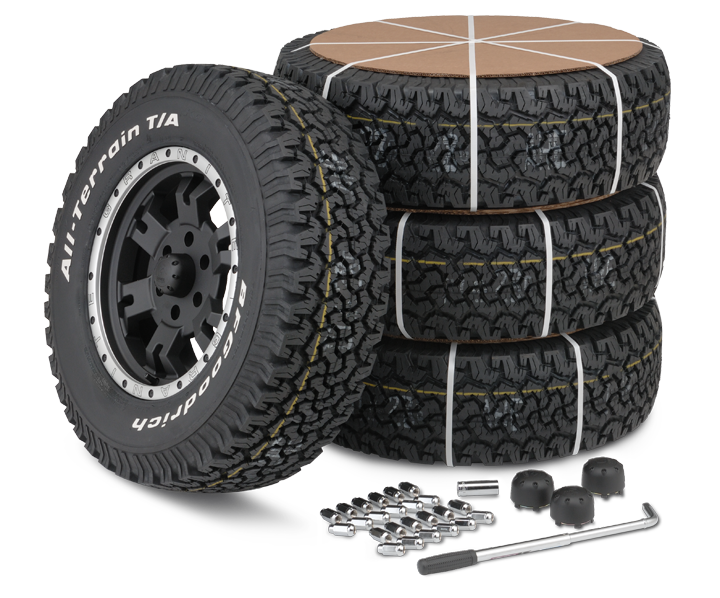Budget-friendly Discount Tires Morris IL: Unsurpassable Costs, Quality Assured
Wiki Article
Tire Solution: Understanding Tire Pressure Tracking Equipments
Comprehending Tire Stress Tracking Solutions (TPMS) is an essential facet of keeping ideal automobile performance and security on the road. With developments in automobile technology, TPMS has become a standard function in modern vehicles, providing real-time details on tire pressure levels.
Relevance of TPMS
The value of Tire Stress Tracking Systems (TPMS) exists in their capability to improve lorry security and efficiency via real-time monitoring of tire stress degrees. Maintaining the right tire stress is critical for making sure optimal handling, braking, and total safety of a vehicle. TPMS gives motorists with prompt responses on any underinflated or overinflated tires, permitting for timely modifications to be made.
Components of TPMS
Consisting of numerous crucial elements, a Tire Stress Monitoring System (TPMS) operates as an innovative safety and security feature in modern-day automobiles. The main elements of a TPMS consist of sensing units, a control component, and a caution sign. Sensing units are usually located in the tire shutoff stem or affixed to the wheel setting up, where they determine tire pressure and send information to the control module. The control component procedures this details and triggers a warning if it spots considerably low pressure in any of the tires. The caution indicator, frequently a symbol on the dashboard, alerts the chauffeur to check the affected tire or tires. Some progressed TPMS designs additionally show the real tire stress analyses for each tire, providing drivers with real-time details to make sure optimal tire efficiency and safety and security. By keeping track of tire pressure continuously, TPMS assists stop mishaps, minimizes tire wear, and enhances gas performance, making it an essential element for vehicle safety and efficiency.
Kinds Of TPMS

On the other hand, indirect TPMS depends on the car's wheel rate sensors to check tire pressure. This system spots underinflation by contrasting the rotational speeds of the wheels. Indirect Learn More Here TPMS is much less costly than direct TPMS, as it makes use of existing sensing units within the lorry.
While straight TPMS provides a lot more exact readings, indirect TPMS is easier in design and normally needs much less maintenance. Both systems have their limitations and advantages, and the option in between them typically relies on elements such as expense, lorry make, and personal choice. Comprehending the distinctions in between these two kinds of TPMS can aid automobile proprietors make informed decisions pertaining to tire maintenance and security.
TPMS Maintenance Tips
Conduct routine checks on the tire pressure degrees and compare them with the TPMS readings to ensure they are consistent. Throughout tire rotation or substitute, make certain that the TPMS components are handled meticulously to stop any prospective damage. If the TPMS warning light illuminates on the control panel, deal with the concern quickly by inspecting the tire stress and the overall system for any type of mistakes.Benefits of Appropriate Tire Pressure
Maintaining correct tire stress, as highlighted in TPMS Maintenance Tips, is essential for reaping the numerous advantages connected with optimal tire stress degrees. Additionally, correct tire pressure guarantees even tire wear, expanding the lifespan of the tires and advertising more secure driving problems. In final thought, the benefits of proper tire stress go past just tire longevity; they incorporate enhanced fuel performance, enhanced security, better car performance, and general driving convenience.Final Thought
Finally, understanding tire pressure surveillance systems (TPMS) is vital for keeping optimal i was reading this tire pressure and making sure car safety and security. By recognizing the importance of TPMS, knowing with its elements, recognizing the different kinds available, sticking to appropriate upkeep tips, and recognizing the advantages of maintaining appropriate tire stress, chauffeurs can boost their driving experience and prolong the life expectancy of their tires. Correct tire pressure is essential to effective and secure car procedure.
Report this wiki page